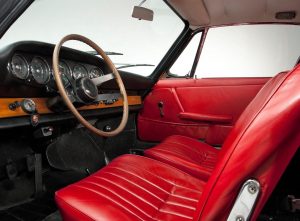Recalls: Porsche 911 Coupe
Overview
Manufacturers, or importers, issue recalls for defects or faults which have the potential to cause injury. Generally, manufacturers will inform the original buyers if their vehicle is subject to a recall and of the steps required to remedy the defect or fault. Please note that the recalls below (if any) are for Australian-delivered vehicles only. Furthermore, the number of recalls should not be taken as an indication of a model’s reliability or its safety more generally.
Recalls: Porsche 911 Coupe
No recall information is available for the Porsche 911 Coupe (1969-73) To search for recalls of Porsche models, please visit Product Safety Recalls Australia: Porsche.
Problems and faults: Porsche 911 Coupe
Overview
This section identifies potential problems, causes and fixes based on the experiences of owners and repairers, online sources and technical service bulletins. This information is provided solely for reference purposes and AustralianCar.Reviews recommends that only properly qualified persons carry out repairs or modifications. Furthermore, the number of items below should not be taken as an indicator of a model’s reliability or the frequency with which they may occur.
To report a problem or fault to the AustralianCar.Reviews team, please use the Contact Us form. Note that AustralianCar.Reviews does not offer advice on automotive problems or disputes; such enquiries will not receive a reply. For vehicles purchased from dealers after 1 January 2011, please see our Australian Consumer Law fact sheet.
Problems and faults: Porsche 911 Coupe
- It is vital that chain tensioners are monitored as failure causes the pistons to strike the valves. Oil-fed chain tensioners were introduced with the E-Program 911 Coupe (i.e. post-August 1983) to address this problem, though oil-fed tensioners can be fitted to earlier vehicles with modifications. As an alternative, mechanical tensioner guards can be fitted which keep the tensioners from collapsing completely when failure occurs.
- Corrosion is a common problem on non-galvanised 911 models (i.e. pre-September 1975, I-Series).




